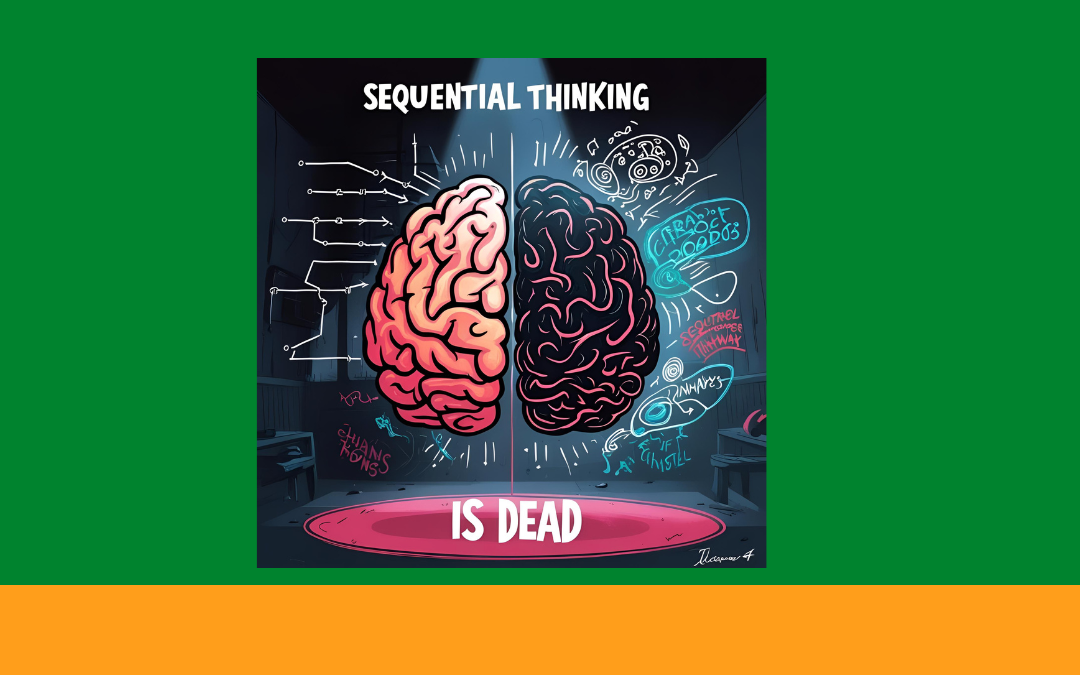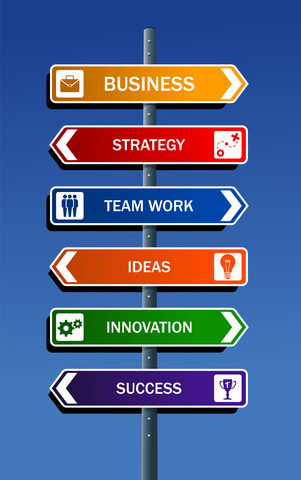Sequential thinking is dead in the era of AI. I didn’t realize this until I worked on the first project in my MIT AI-No-Code course. Forward-leaning CMOs, CEOs, and firms investing in AI must embrace parallelism, or parallel thinking, because it’s the secret sauce to leveraging AI successfully.
Many firms are implementing AI for automation, allowing teams to redirect their focus to strategic activities with greater impact. As firms get comfortable with AI, they move on to prediction. In the first project, focused on a hotel grappling with high cancellation rates, I learned that AI puts parallel decision-making on steroids.
It will include achieving stakeholder goals, building a prediction model, and critically considering the model’s long-term impacts. It also means getting comfortable with managing paradox, holding opposing truths simultaneously, as Brene Brown indicated in her interview with Amy Webb, a strategic futurist.
Shareholder goals are a starting point.
The hypothesis based on shareholder goals is not the only decision to be made. You’re also building a model to predict the behaviors and policies you must need to embrace once the solution is defined.
Policies are automated.
As AI is integrated into the business, fact-finding will quickly become automated policies your firm implements. The question is what’s the impact of the automation?
Critical and anticipatory thinking are key.
As I examined the model outputs, I was surprised by many of the insights, different from my hypothesis, on what drove the cancellation rates. However, what concerned me most were the implications of the potential policies if we automated them.
As I indicated in a previous article, AI doesn’t have feelings. Human attributes of critical thinking and subject matter expertise come into play to ask whether it’s wise to accept the model without anticipating the downstream impacts as a policy. I had more questions about the insights that would require deep thinking about what the model viewed as the root cause before accepting the model. Without validating the root cause, you could negatively impact your business.
Managing paradox is the new skill set.
Paradox requires us to hold opposing truths simultaneously. One truth I had was that the hotel’s challenge with its loyalty program was a major problem. The model helped me separate what’s a signal, the loyalty program, and what was a root cause to resolve the cancellation problem. Once I solved the cancellation problem, the loyalty program signal should improve.
AI is a powerful tool that companies can use to help uncover problems faster. Forward-leading firms, CMOs, and CEOs embracing parallel thinking and paradoxes will achieve a competitive advantage.





